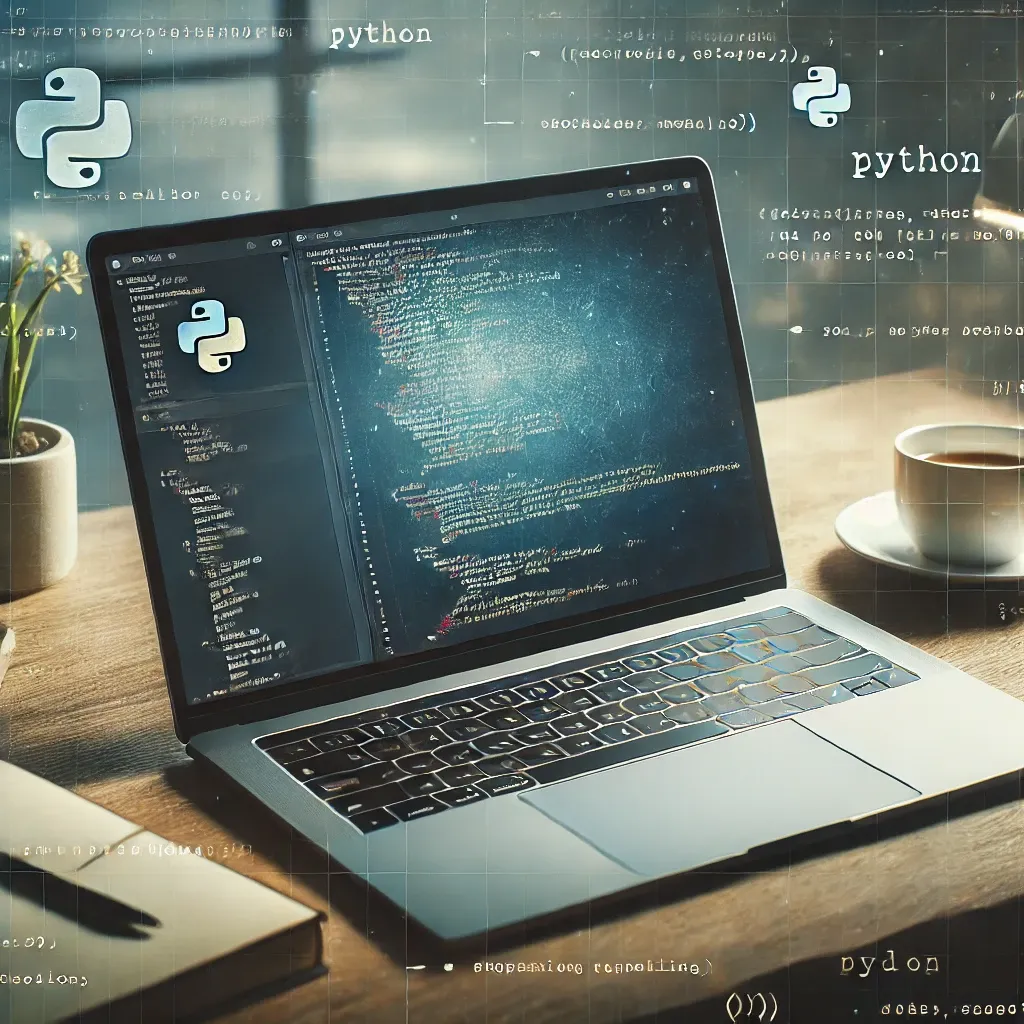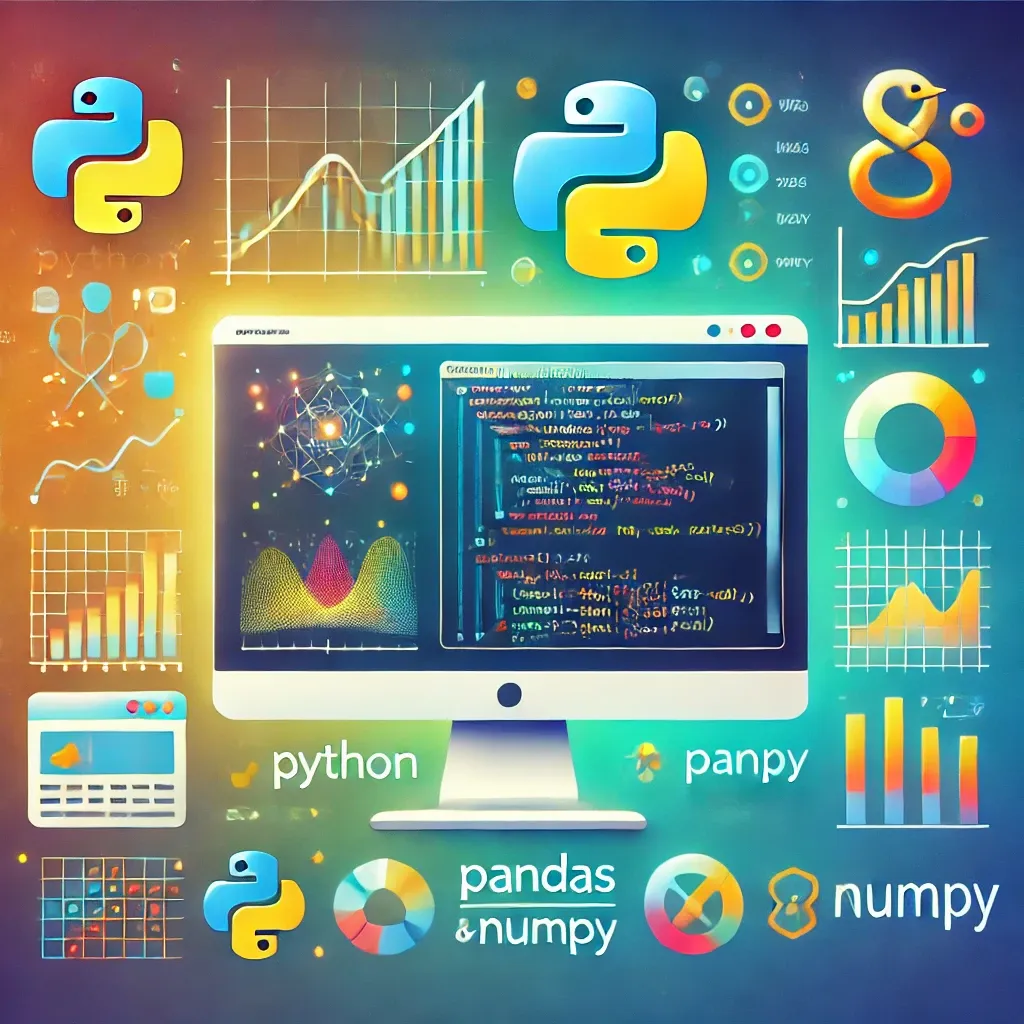
10 Essential Python Tips to Improve Your Programming Skills
Excerpt: Python is one of the most popular programming languages, known for its simplicity and versatility. This guide covers 10 essential tips that every developer, beginner or advanced, should know to master Python and enhance their coding skills. From efficient data handling to using powerful libraries, these tips will make your coding smoother and more effective.
Introduction
Python has grown tremendously in popularity due to its straightforward syntax and extensive libraries. However, like any language, there are best practices and tips that can greatly improve your coding experience. In this post, we will explore ten tips that can help you code more efficiently and make the most of Python’s capabilities.
1. Use List Comprehensions for Cleaner Code
List comprehensions are a powerful feature in Python that allow you to create lists in a clean, readable way. They help reduce the number of lines in your code and make it more concise.
Example:
# Using list comprehension
squares = [x**2 for x in range(10)]
With list comprehensions, you can often eliminate the need for loops and additional variables, making your code look more Pythonic.
2. Use Dictionary Comprehensions for Efficiency
Dictionary comprehensions are another great way to simplify your code. They work similarly to list comprehensions but allow you to create dictionaries in a single line.
Example:
# Dictionary comprehension
squares = {x: x**2 for x in range(10)}
3. Take Advantage of Python's Built-in Libraries
Python's standard library is rich with tools that allow you to handle various tasks without needing to install additional packages. Libraries like itertools for complex iteration, collections for specialized data types, and math for mathematical functions can make your code more efficient.
4. Use Generators for Large Data Sets
When working with large data sets, using a generator is a memory-efficient way to handle the data. Unlike lists, generators don’t store values in memory; instead, they generate them on the fly.
Example:
def square_numbers(nums):
for i in nums:
yield i * i
This approach is especially useful for data that you don't need to keep in memory, like reading large files or streaming data.
5. Use F-Strings for String Formatting (Python 3.6+)
F-strings provide a more readable and concise way to format strings compared to traditional methods like % formatting or str.format().
Example:
name = "Alice"
age = 25
greeting = f"Hello, my name is {name} and I'm {age} years old."
This format is faster and more readable, making it ideal for any application where you need dynamic string creation.
Conclusion
These Python tips are designed to help you write cleaner, more efficient, and more Pythonic code. Whether you're a beginner looking to learn good habits or an experienced developer refining your skills, incorporating these tips into your workflow can make a noticeable difference in the quality and readability of your code.







0 Comments